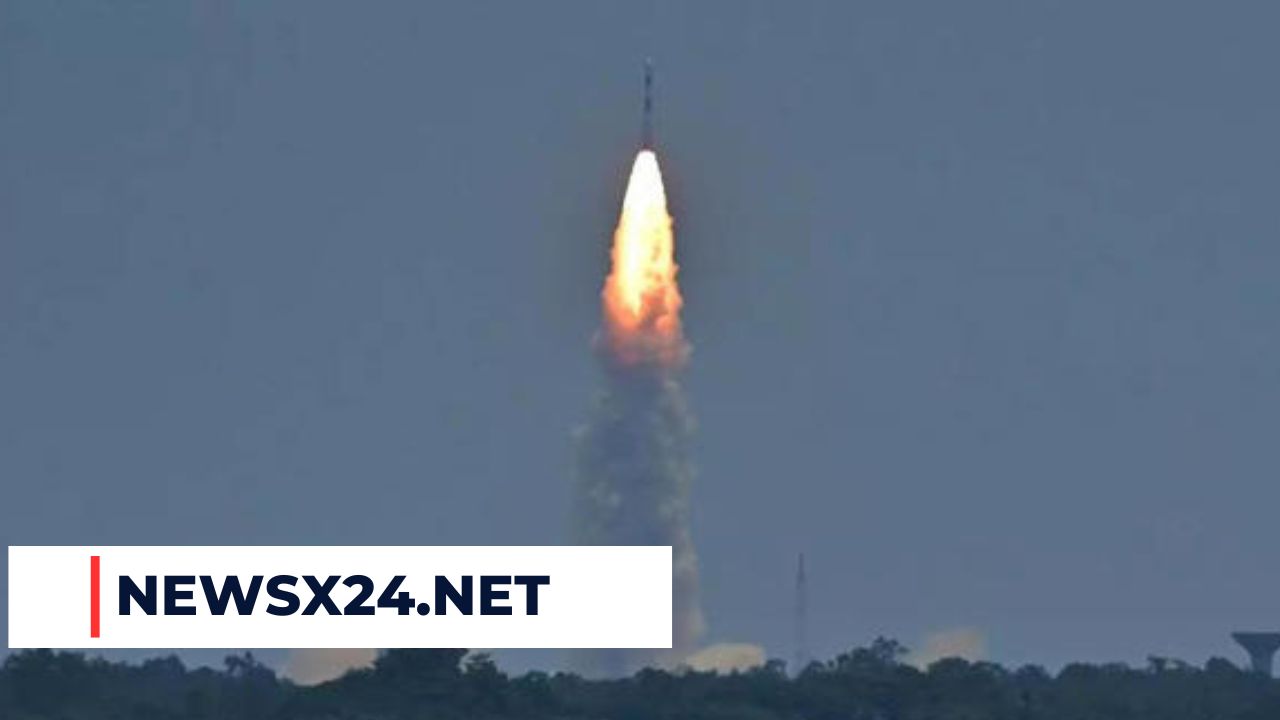| Whatsapp Group |
| Whatsapp Channel |
| Telegram channel |
In the vast expanse of space, where the cosmos unfolds its mysteries, one celestial body has always fascinated humankind – the Sun. Its fiery brilliance, the source of life on Earth, has captivated scientists and stargazers for centuries. As the world turns its gaze towards the heavens, India, with its unwavering commitment to scientific exploration, has taken a monumental leap by launching the Aditya-L1 Solar Observatory.
A Historic Mission Accomplished
On the 2nd of September, 2023, a historic moment unfolded in the annals of space exploration. India’s Polar Satellite Launch Vehicle, PSLV-C57, soared into the skies carrying the Aditya-L1 spacecraft, marking the 59th flight of this venerable rocket. The world watched in awe as Aditya-L1 was successfully placed in a low-Earth orbit, signifying the triumphant completion of the Aditya-L1 mission.
This remarkable endeavor, orchestrated by the Indian Space Research Organisation (ISRO), establishes Aditya-L1 as India’s maiden space-based observatory dedicated to studying the Sun. The significance of this mission extends far beyond our planet, as it delves into the very heart of our solar system’s powerhouse.
The Journey to the Heart of the Solar System
Aditya-L1’s journey to unlock the Sun’s secrets is a testament to human ingenuity. Launched atop the PSLV-XL rocket, Aditya-L1 embarked on its 125-day voyage towards a destination known as the halo orbit around Lagrange point 1 (L1). This unique point in space allows Aditya-L1 to maintain an uninterrupted view of the Sun for a staggering five years, a feat made possible by the equilibrium between centripetal and gravitational forces at L1.
Unveiling the Solar Mysteries
Aditya-L1 is equipped with a suite of seven advanced payloads, each designed to unravel the enigmatic workings of our star. Among these payloads, four are remote sensing instruments, while three are in-situ devices. Together, they form a formidable arsenal for scientific exploration.
The remote sensing payloads function as cutting-edge spectrometers, enabling Aditya-L1 to simultaneously observe the Sun in visible, X-ray, and ultraviolet wavelengths. This comprehensive approach provides crucial insights into the Sun’s dynamic behavior.
Tackling Solar Phenomena
Aditya-L1’s mission encompasses the study of the solar corona, the dynamics of solar flares, coronal mass ejections, and their impact on space weather. In essence, this observatory aims to decode the Sun’s ever-changing moods and their effects on our solar system.
Two of the in-situ payloads serve as particle analyzers, while the third is a magnetometer. These instruments will help Aditya-L1 in its mission to decipher the high-energy particles emanating from the Sun, shedding light on the celestial processes at play.
The Cosmic Distance
Positioned at a distance of 1.5 million kilometers from Earth and 148.5 million kilometers from the Sun, Aditya-L1 is strategically located to observe and study the Sun without earthly interference. This vast distance ensures that Aditya-L1 remains well beyond Earth’s gravitational sphere of influence, providing an unparalleled vantage point for solar observation.
A Glimpse into the Future
As the Aditya-L1 Solar Observatory commences its journey towards unraveling the mysteries of the Sun, it stands as a beacon of India’s scientific prowess and unwavering commitment to exploration. With its cutting-edge technology and a dedicated team of scientists and engineers, Aditya-L1 is poised to deliver groundbreaking discoveries that will enrich our understanding of the star that sustains life on Earth.
In the grand tapestry of cosmic exploration, Aditya-L1 is a shining thread, weaving together the dreams and aspirations of a nation, as it embarks on a journey into the heart of our solar system.
